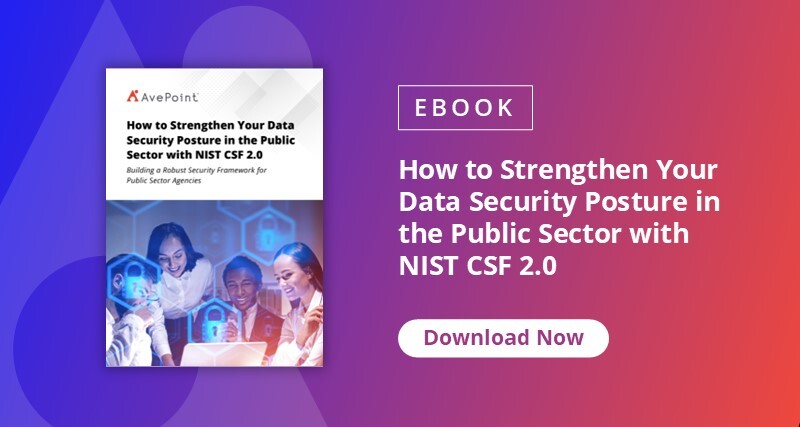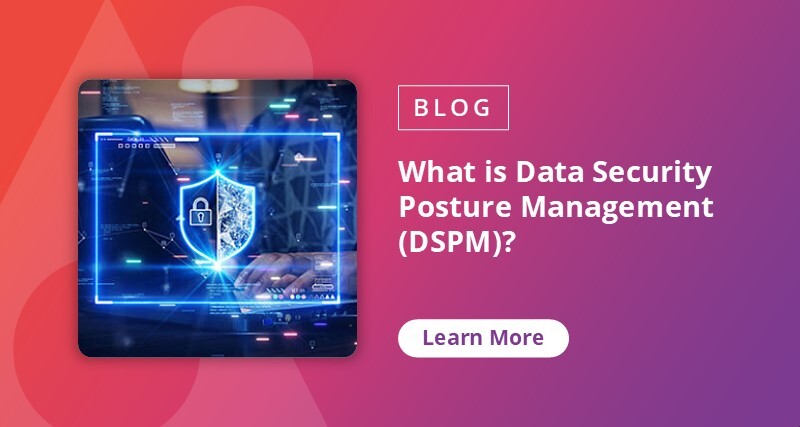Remember in the movie, “The Sandlot,” when Smalls loses the Babe Ruth ball, tries to cover it up, and ends up facing the wrath of the whole crew? There’s a lesson in there for all of us: some things are just too valuable to lose — and trust, especially when it comes to our data, is one of them.
As we build toward a future powered by generative AI (Gen AI) and automated AI agents, confidence in how sensitive data is handled is becoming a huge part of the conversation. It’s not just about preventing breaches; it’s about preserving public trust in the systems and services that keep our world turning.
AI Agents Are Knocking on the Door
Generative AI has already changed the game — drafting reports, summarizing data, and generating insights at scale. But AI agents are at the next level. (Think intelligent assistants that can take actions, make decisions, and execute tasks with minimal human input.)
In the public sector, this could be a game changer — streamlining workloads, improving citizen response times, even helping predict service needs. But with great power comes great… compliance headaches.

Because here’s the catch: you can’t scale automation without scaling trust. And right now, most public agencies are still wrestling with how to ensure that these AI agents don’t become black boxes with badge access.
Trust Isn’t Just a Feeling — It’s a Framework
Gartner’s recent TRiSM report lays this out well. TRiSM (Trust, Risk, and Security Management) for AI emphasizes that trust in AI isn’t just a cultural value; it needs to be operationalized through governance, risk, and security controls. TRiSM suggests that to truly adopt AI at scale, organizations must embed:
- Model monitoring and explainability
- Robust data protection
- Clear accountability structures
In short, it’s not just about whether the AI works. It’s about whether it works responsibly.
Enter DSPM: Data Security Posture Management
While TRiSM focuses on the AI side of trust, DSPM (Data Security Posture Management) focuses on the data itself. With DSPM, public sector organizations can identify where sensitive data lives, who can access it, and whether it’s aligned with policy and regulation.
Think of DSPM as the digital equivalent of squinting through the fence like Squints Palledorous (another "The Sandlot" reference) — always watching. Except in this case, you’re not spying on Wendy Peffercorn, you’re making sure your data isn’t hanging out where it shouldn’t be.

This kind of visibility is mission-critical when AI agents enter the picture. Because if your AI has access to the wrong dataset – or worse, starts learning from unclassified or personally identifiable information – you’ve got a compliance grenade with the pin halfway out.
What Public Sector Leaders Can Be Thinking About Right Now as It Relates to Gen AI
This isn’t a scare tactic or sowing FUD (or fear, uncertainty, and doubt). It’s a call to be proactive. Before AI agents hit production environments, agencies should be asking:
- Do we have full visibility into our sensitive data (DSPM)?
- Can we trace how AI decisions are made (TRiSM)?
- Are there clear boundaries between human and machine decisions?
- Is there an audit trail for when – not if – questions that come up?
This is about more than checking boxes. It’s about building systems that earn and sustain public confidence.
The Bottom Line: Don’t Lose the Ball (Especially an Autographed One)
In “The Sandlot,” when the crew realizes they’ve lost a priceless ball, they don’t just give up. They do whatever it takes to get it back. That’s what public sector leaders are so good at doing: preserving what matters most — the trust of the people they serve.

So, as AI agents inch closer to real-world implementation, let’s not lose sight of the fundamentals:
- Get your data house in order (DSPM)
- Build responsible AI governance (TRiSM)
- Don’t automate what you can’t explain
- And never, ever let trust become an afterthought
When it comes to data and trust, you don’t get to just climb the fence and hope for the best. You’ve got to have a game plan, or you’ll get chewed up by a dog behind the baseball field. At this point in the blog, if you haven’t seen "The Sandlot,” stop reading and go do that now!



